Future iPhones could be thinner and more secure thanks to technology outlined in two unique proposed inventions from Apple, covering adaptive security profiles and a new type of split-sensor camera.
The first application published Thursday by the U.S. Patent and Trademark Office, entitled "Electronic device with two image sensors," details a camera comprised of two distinct sensors: one sensor would capture luma, or brightness, data, while the other could capture chroma, or color, information. The final image would be created by combining the data captured by each sensor.
By splitting the camera into two, each module could be made thinner than a comparable camera with dual-purpose sensors embedded into the same module. This would allow the device housing the camera to be made correspondingly thinner.
Additionally, Apple says that the split design would allow for improved signal-to-noise ratio resulting in increased image quality. It could also help alleviate color reproduction issues caused by optical filters, and the overall assembly might be less costly.
Apple credits Michael F. Culbert and Chris Ligtenberg for the invention of U.S. Patent Application No. 13/331543.
The second application, entitled "Electronic devices having adaptive security profiles and methods for selecting the same," depicts a scenario in which a mobile device could automatically enable or disable certain security protocols depending on the device's location. For example, an iPhone could require a simple four-digit passcode while in a user's home but insist on a fingerprint for authentication once it leaves that area.
For more fine-grained security, users would be able to define several different profiles that apply to individual apps and types of data. SMS data could be subject to different access requirements than email data, for instance.
Users could manually configure geofenced areas, and Apple also envisions several scenarios for dynamically determining where the device is expected to be at any given time. It could analyze location information in the user's calendar or social networks, for instance, to see if friends had checked the user in at a particular place.
Apple credits Michael I. Ingrassia, Jr. for the invention of U.S. Patent Application No. 13/100,851.
 AppleInsider Staff
AppleInsider Staff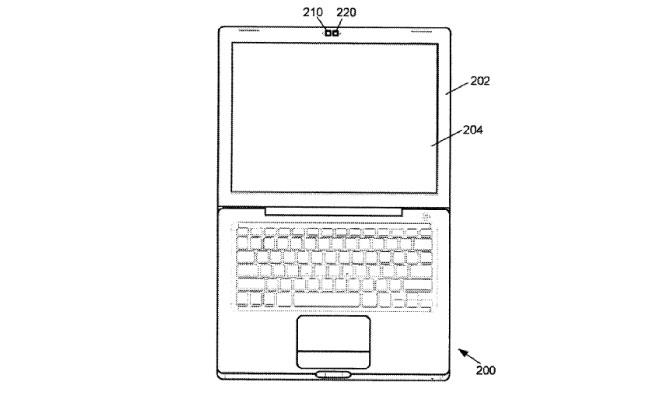
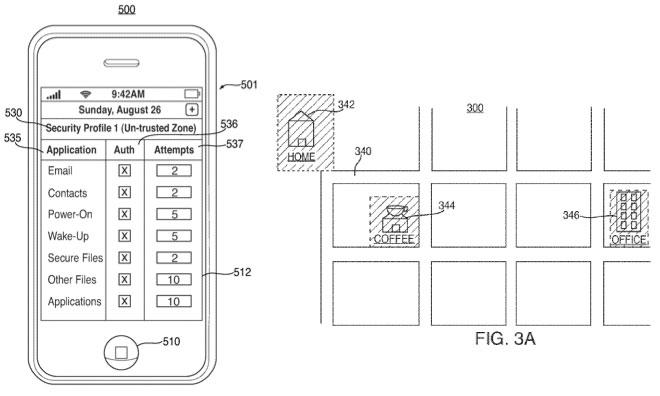


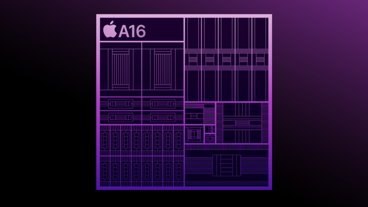
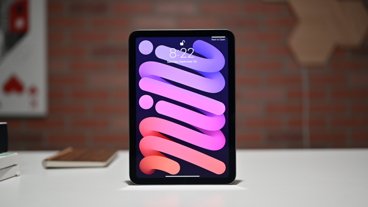



-m.jpg)






 Amber Neely
Amber Neely
 Mike Wuerthele
Mike Wuerthele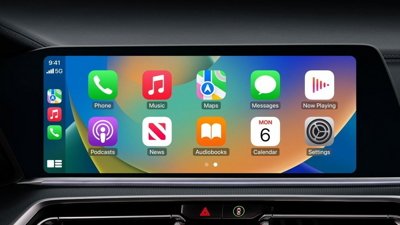
 William Gallagher
William Gallagher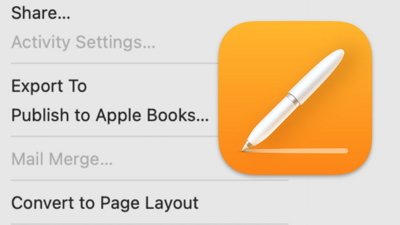
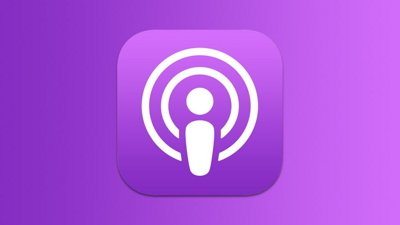
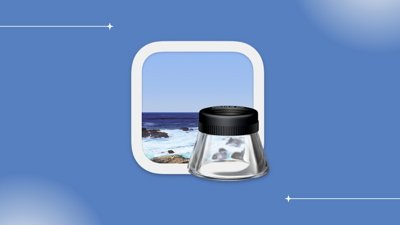
 Andrew Orr
Andrew Orr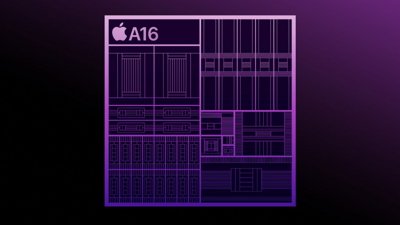
 Wesley Hilliard
Wesley Hilliard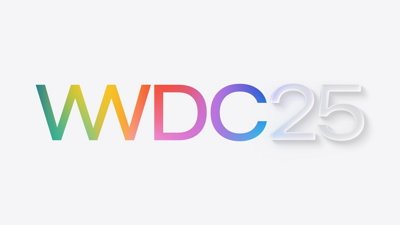
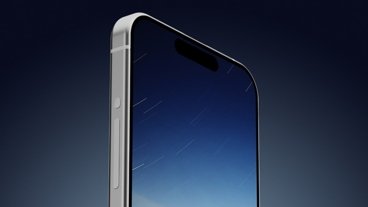
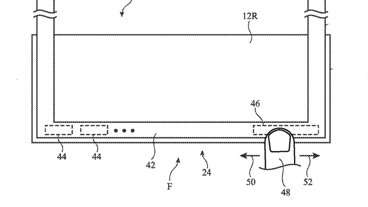







65 Comments
Adaptive security profiles would be a treat.
Geo-fence notifications has been a complete bust for me. If the phone is in power saver mode, it fails to alert me every time.
Adaptive security is right inline with one feature I want Apple's iWatch to offer my Mac, iPhone and iPad.
You don't need two cameras to accomplish this. You can do this by taking two pictures rapidly one after the other.
[quote name="tzeshan" url="/t/172114/apple-exploring-split-cameras-for-thinner-iphones-location-based-security#post_2500161"]You don't need two cameras to accomplish this. You can do this by taking two pictures rapidly one after the other. [/quote] How will that allow camera HW to be thinner?